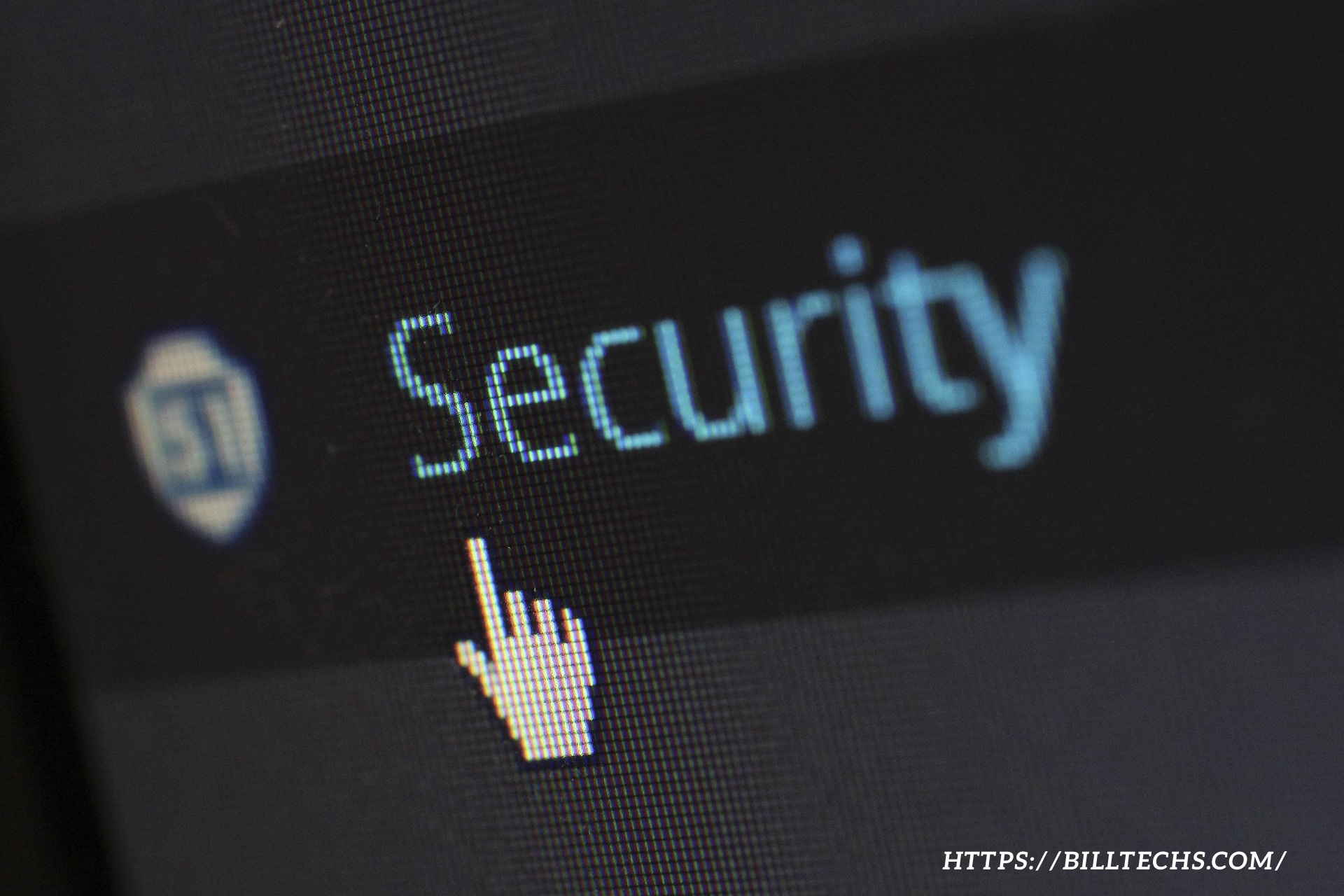Understanding Network Security:
A Comprehensive Guide
In today’s digital age network security is one of the most crucial aspects of protecting your data and systems. With the ever-growing number of cyber threats from hacking to viruses having a robust network security system is essential for businesses and individuals alike? In this article we will break down the concept of network security its components and best practices in an easy-to-understand way.
What is Network Security?
Network security refers to the practices policies and technologies designed to protect the integrity confidentiality and accessibility of computer networks and data. It involves measures to safeguard your network from unauthorized.
A network typically consists of several devices connected to each other including computers routers switches firewalls and servers. Network security aims to protect all of these devices from both internal and external threats.
Why is Network Security Important?
The importance of network security cannot be overstated especially as more businesses and individuals rely on the internet and online services for their daily operations.
Protection from Cyber Attacks:
The internet is a prime target for cybercriminals. With sensitive information stored online a successful attack can lead to identity theft financial loss or unauthorized data access.
Safeguarding Personal and Business Data:
Whether it’s personal emails company financial records or intellectual property data protection is essential. Network security prevents hackers from accessing and stealing private information.
Ensuring Network Availability:
Network outages or disruptions can harm productivity and cause financial losses. A secure network ensures that businesses can run smoothly without interruptions caused by malicious activity.
Compliance with Regulations:
Many industries are governed by data protection regulations such as GDPR (General Data Protection Regulation) in Europe and HIPAA (Health Insurance Portability and Accountability Act) in the U.S. Proper network security practices help organizations comply with these laws.
Key Components of Network Security
Network security is made up of several key components that work together to provide protection. Here are the most common elements.
2. Antivirus and Anti-Malware Software
Malware (malicious software) includes viruses worms Trojans and ransomware which can damage your network and steal sensitive information. Antivirus and anti-malware programs are designed to detect prevent and remove such harmful software from your network.
3. Encryption
Even if data is intercepted by cybercriminals encryption ensures that it remains unreadable without the proper decryption key. Encryption is particularly important for sensitive information such as credit card details and passwords.
4. Virtual Private Network (VPN)
A VPN is a secure tunnel that connects remote users or offices to a network over the internet. It encrypts data and hides the user’s IP address providing privacy and security when accessing the network remotely. VPNs are particularly useful for businesses with remote employees.
An IDS monitors network traffic for suspicious activity while an IPS takes this a step further by actively blocking any harmful traffic. These systems help to detect and prevent attacks before they can cause significant damage.
6. Access Control
Access control refers to the policies and technologies that limit who can access network resources and at what level. This could involve using passwords biometrics or smart cards to authenticate users. Ensuring that only authorized users can access sensitive data is crucial for maintaining security.
1. Regularly Update Software and Systems
Software vulnerabilities are often exploited by cybercriminals to gain unauthorized access to networks. Keeping your operating system applications and security software up to date ensures that you have the latest security patches reducing the risk of exploitation.
2. Use Strong Passwords
Weak passwords are one of the easiest ways for attackers to gain access to your systems. Ensure that passwords are complex unique and long. Consider using a password manager to store and generate strong passwords for different accounts.
3. Implement Multi-Factor Authentication (MFA)
MFA requires users to verify their identity using multiple factors such as a password and a code sent to their mobile device. MFA adds an extra layer of security making it harder for attackers to gain access even if they have stolen a password.
4. Limit User Access
Not everyone needs access to all resources within a network. By granting users only the permissions necessary for their role you can minimize the risk of internal threats.
5. Train Employees on Security Best Practices
They may unknowingly fall for phishing attacks or make other mistakes that put the network at risk. Regular training on network security and safe online practices can help prevent such incidents.
6. Back Up Data Regularly
Data backups are essential for disaster recovery. In the event of a cyberattack (such as ransomware) having up-to-date backups ensures that you can restore your data and minimize downtime.
Conclusion
Network security is essential for protecting data ensuring business continuity and safeguarding personal privacy. As cyber threats continue to evolve it’s crucial to stay informed about the latest security technologies and best practices. By implementing a multi-layered approach that includes firewalls encryption access control and regular system updates you can minimize the risk of attacks and ensure your network remains secure.
Whether you’re an individual protecting personal information or a business securing customer data network security is a fundamental aspect of maintaining trust and safety in the digital world. By taking proactive steps you can protect your network from threats and ensure a safe and secure online environment.
